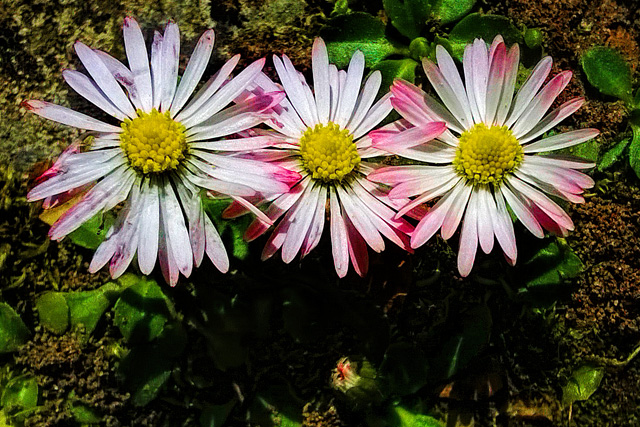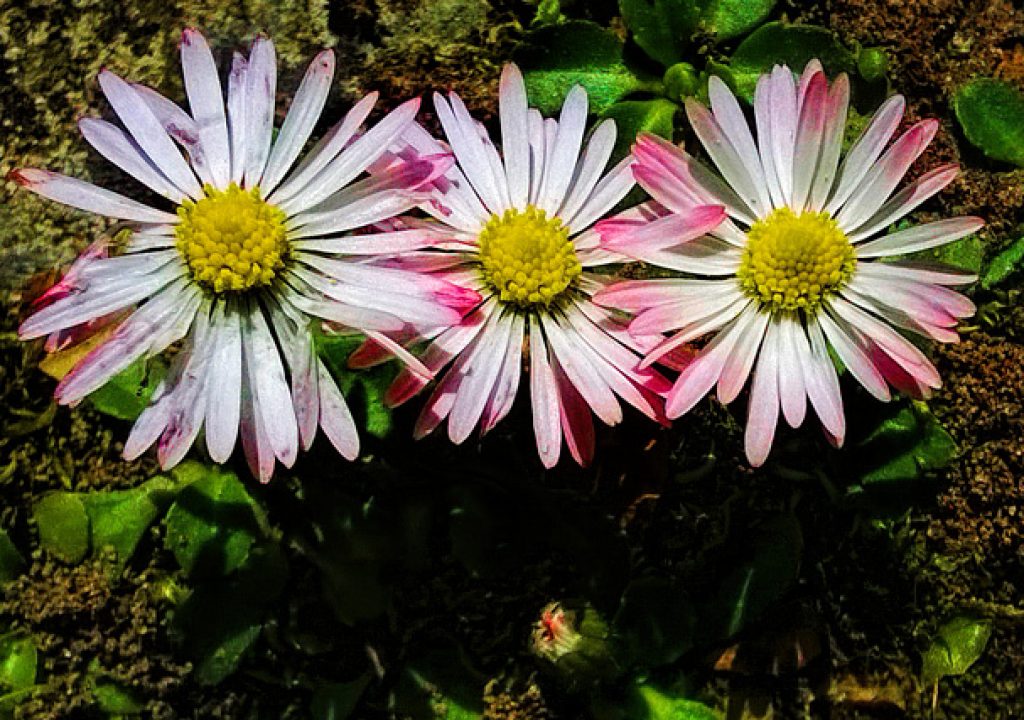
Learning to use a smartphone to take photographs has been, I must say, a slow process, as I am a DSLR user, was a SLR user before that, and also a medium-format photographer, for many years, while using film. I used Bronicas for much of the commercial work I did. I've played with compact cameras – in fact tested many models, both in film and digital formats – but taking pictures with a Smartphone was not in my plans. Even less to transform each image in an Instagram.
So, when I bought my Nokia Lumia 620, when they're launched, I bought it firstly because my old phone (not smart) was dead. What attracted me on the cheapest Lumia I could find at the time, was the possibility to have GPS for free without the need to pay for a connection. For a photographer moving after landscape and nature, that's an interesting offer, I believe. I also found it another use: to show my photographs – taken with my DSLR – and slideshows created with ProShow Producer. So, the Nokia Lumia 620 became a great tool. Furthermore, a few apps I found are helpful for photography.
Taking pictures with the Smartphone, though, was something that I took some time to assimilate. Lately, I find that I do it more and more, fully understanding the limitations of the “camera”, but curious to explore the possibilities, and also happy to always have a tool that lets me take visual notes while in the field. If I find something interesting, I will grab a few shots, so I can study the image in detail and define what I can do when going back… with my DSLR.
My experience, somehow, has moved on to the extent of having pleasure with picture taking with the Smartphone. While the basic camera present didn't excite me much as I am not a snapshooter and rather prefer to “build” my images, the discovery of apps like Imagine Cam, that I've already mentioned here before, and the Microsoft PhotoSynth.
The free app Photosynth for Windows Phone is, claims Microsoft, “a panorama app that makes it easy and fun to capture and share interactive panoramas of the places, people, and events that are important to you. Using the latest in computer vision techniques, Photosynth is the acknowledged leader in mobile panorama creation. It is the only app available on Windows Phone that allows you to capture 360 degrees horizontally and vertically, making a perfect “sphere.” Once you’ve created a Photosynth, you can share it as an interactive panoramic experience on Facebook and Twitter using the free Photosynth.net service. You can also publish your panoramas to Bing, where millions of people will see your panoramas on Bing Maps and in Bing search results.”
While the idea of 360 degrees panoramas will certainly appeal to many people, I am more interested in the panorama options you also get within the program, as they let me go beyond the usual panoramas apps offered. Some of the images published with this article, like the nice house overlooking the Atlantic Ocean or the church panorama in Santa Luzia, Viana do Castelo, in he north of Portugal were taken with Photosynth.
The remaining images are created using the Imagine Cam, a photographer's essential app. With it I can control exposure in different ways, changing ISO, speed and EVs, besides offering other options. It gives you a creative edge that will, I am sure, interest photographers.
The resulting images from the Imagine Cam app could be edited in the editor included with the program, but, in fact, I rather transfer them to my computer and process them as I do with my DSLR files, through Photoshop, ending with final adjustments in either Topaz Labs or onOne Software. In fact, I do think that one of the best tips for anyone that wants to try taking pictures with one Smartphone but is not interested in the Instagram class of filters, is to treat the whole process as if working with a DSLR. Do not simply snap away because you're using a Smartphone, invest time to get the best results you can achieve, and then go and edit your photographs to obtain “normal” images and not the “cookie-cutter” results many “lenses” offer. Do this, if you're a photographer and want photographs. If you aim at showing something else, then maybe you should not be reading this article.
As a last note for those interested, I should mention there is one eBook around that may be the a good buy to get you on the right track when it comes to explore the potential of your Smartphone. It is geared towards iPhone, but the generic information in the eBook can be used in many other Smartphones. The eBook is iPhone Photography, from Misho Baranovic, published by dPS. Buy and download it today!

